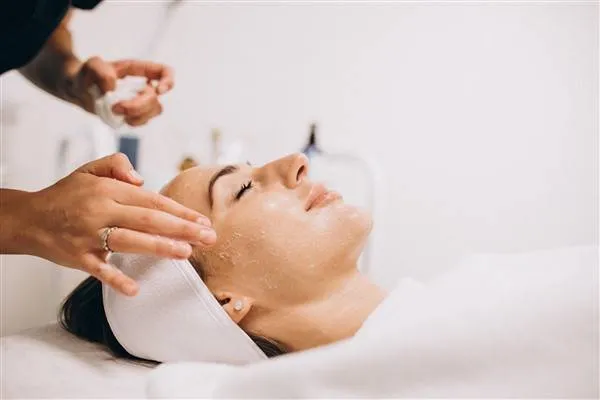Effective Solutions for Sunspots
Liv Hospital Dermatologist Assoc. Dr. Anıl Gülsel Bahalı discussed ways to get rid of sunspots.
Assoc. Dr. Anıl Gülsel Bahalı, who pointed out that spots can grow over time, said, "Summer is over, now it's time for renewal and winter care for your skin, which has tanned and been damaged by the sun. Skin spots, usually brown or dark brown in color, can appear in irregular shapes and various sizes, but they can also appear in regular or gradually growing shapes."
Most Common on the Face and Hands
Assoc. Dr. Anıl Gülsel Bahalı said that the causes of sunspots vary from person to person. Bahalı noted the following:
"Skin color varies depending on individuals' phenotypic and genetic characteristics, primarily depending on the production rate of melanin (the cells that give color to the skin) as a protection against sun rays. Sunspots, which are caused by the accumulation of melanin pigment beyond normal in a specific area, can be seen especially in areas exposed to long-term and repeated sunlight, especially on the face and hands. The cause of sunspots may vary from person to person, but it most commonly occurs due to intense sun exposure. In addition to this, factors such as genetic predisposition, pregnancy, cosmetic procedures, and medications can also cause spots."
Most Common in Women on the Forehead, Cheeks, and Upper Lip
The most common form of sunspots is Melasma. It usually occurs in women and is symmetrically seen in the middle of the face (forehead, cheeks, upper lip) and on the chin. They can appear in dark brown or gray color. Solar lentigines, on the other hand, are usually benign brown sunspots that often appear on the backs of hands, back, and face, and can have round, oval, or irregular shapes and edges."
Assoc. Dr. Anıl Gülsel Bahalı listed the treatment methods as follows:
What is the treatment?
"Protect Yourself from the Sun: Sun protection is the first step in treatment. The use of sunscreen products and wearing protective clothing such as wide-brimmed hats and sunglasses is recommended. It is advisable to stay away from chemical substances, medications, and inappropriate cosmetic procedures that are thought to exacerbate spots by interacting with the sun.
The treatment plan should be created taking into account a person's structural features, the localization of the spots, their extent, and depth under the skin. Among the frequently used topical chemical peels are products containing hydroquinone, tretinoin, azelaic acid, and kojic acid. In addition, there are procedures such as laser, chemical peeling, and mesotherapy for spot treatment."
Chemical Peeling: The goal is to peel off the upper layer of the skin. Products used for peeling include alpha hydroxy acids, phenol, TCA, resorcinol, beta hydroxy acids, kojic acid, and salicylic acid."
Laser: Laser treatment can include the use of Intense Pulsed Light (IPL), Pulsed Dye Laser (510 nm), Q-switched ND: YAG laser (1064 nm), and Fraxional lasers."
Cryotherapy: Cryotherapy is another option for treating solar lentigines."
Especially in individuals with dark skin, caution should be exercised. Because an increase in spots or the reappearance of spots in a short period of time is a significant problem. Despite various treatment methods, treatment requires patience, is challenging, and the response can vary from person to person, so spot treatment should be performed by a dermatologist who specializes in this area."
Hibya Haber Ajansı British News Agency
















